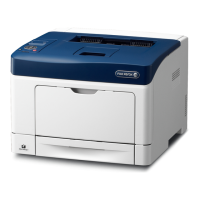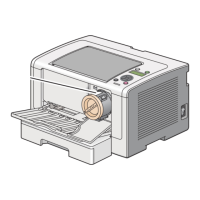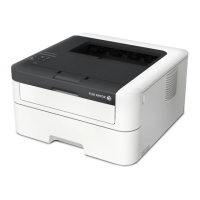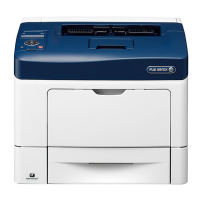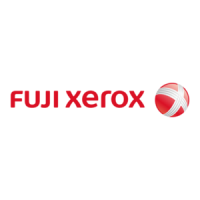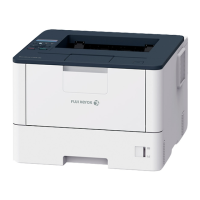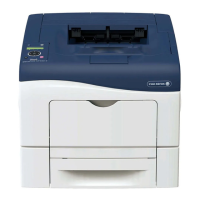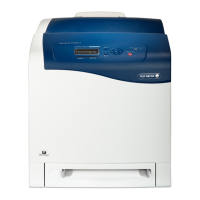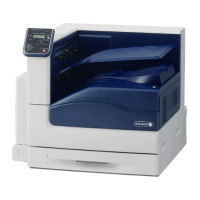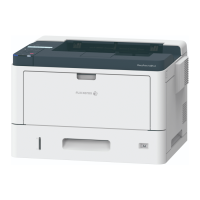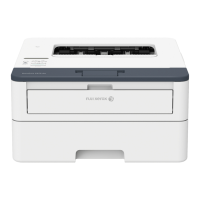User Authentication and Accounting
153
Authentication and Accounting Features
9
Types of Authentication
The following describes the types of authentication available on the machine.
User ID Authentication
The machine requires users to enter their user information with the touch screen of the
machine.
Authentication is performed using user information registered on the machine or user
information registered on a remote server.
Simple Authentication and Local Authentication
The Simple authentication and the Local authentication use the user information
registered on the machine to manage authentication.
The Local authentication requires passcodes and the Simple authentication does not.
A print job directly sent to the machine from a computer can be received on the machine
after being authenticated through cross-checking process whereby the authentication
information configured on the client's driver with the information registered on the
machine.
For information on driver settings, refer to the help of the driver.
Network Authentication
Authentication is performed for a remote server. User information is not registered on the
machine.
The [Network] authentication uses the user information registered on a remote
authentication server (LDAP, Kerberos, or SMB) to perform authentication.
When you change [Login Method], user information registered on the machine will be deleted.
When you register user information on a remote authentication server, use up to 32 single-byte characters for
a user ID and up to 128 single-byte characters for a password. Note, however, that up to 32 single-byte
characters are allowed for an SMB authentication password.
Types of Account Administration
Some accounting methods may not be selected depending on the [Login Method] selected. See
"Authentication and Accounting Relationship" (P.154).
Xerox Standard Accounting
Account administration is performed using the user information and account information
registered on the machine. Also, accounting information is counted using various counters
automatically created for each user. Auditron reports are created in CSV format using
CentreWare Internet Services.
For information on driver settings, refer to the help of the driver.
When setting the user information or account information for another machine, we recommend that you use
the Cloning feature of CentreWare Internet Services.
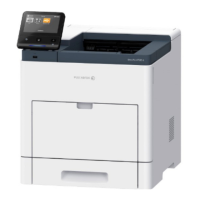
